
AllQuestion and Answers: Page 353
Question Number 186051 Answers: 1 Comments: 0
Question Number 186030 Answers: 2 Comments: 0
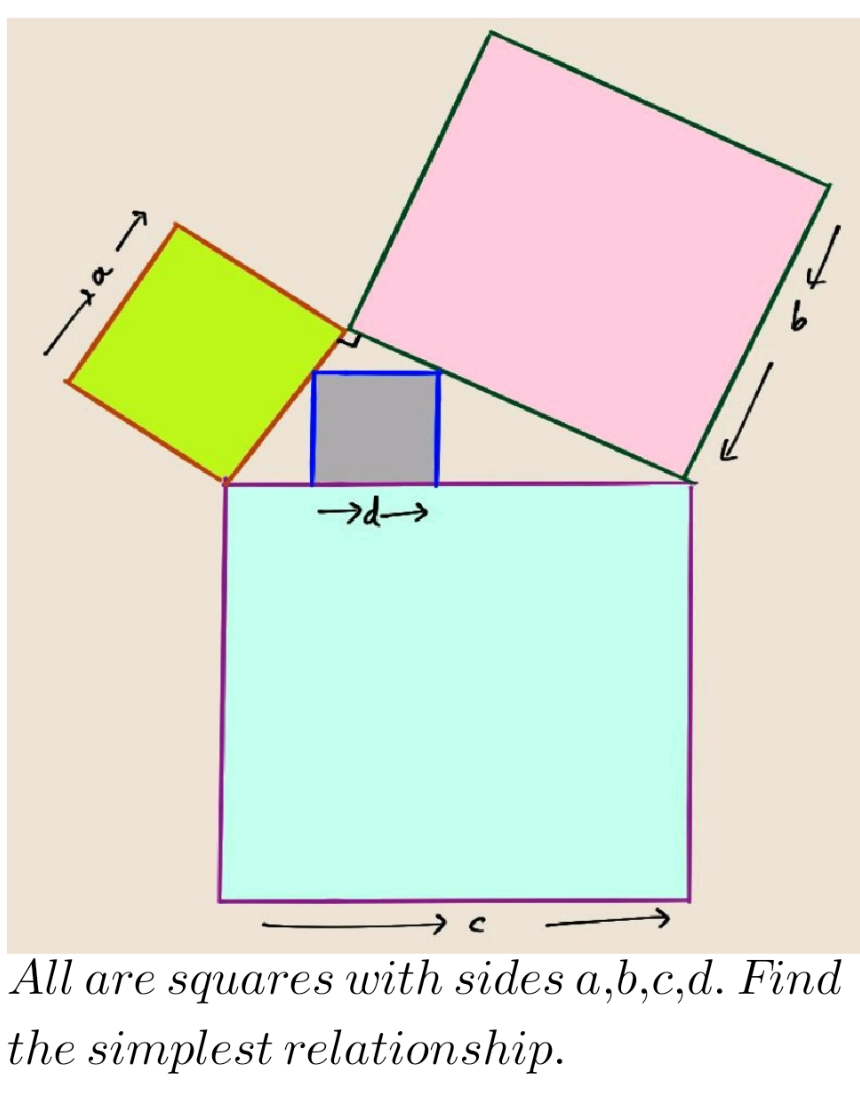
Question Number 186029 Answers: 0 Comments: 0

Question Number 186028 Answers: 0 Comments: 2
$$ \\ $$A wolf weighs 40 kg, how many kilo calories does it need to maintain its body temperature?
Question Number 186027 Answers: 1 Comments: 0
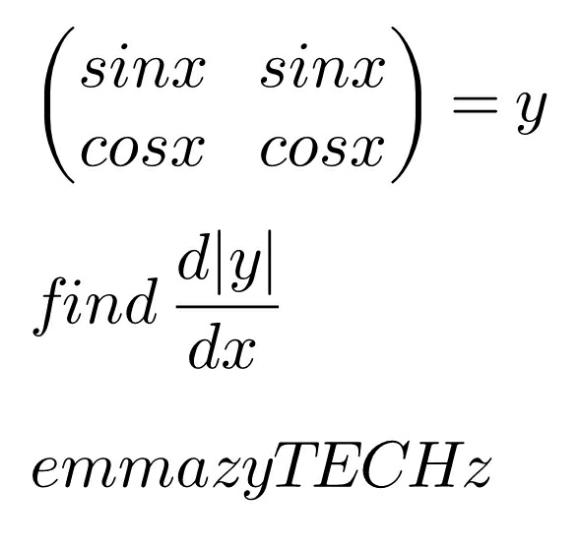
Question Number 186026 Answers: 1 Comments: 0

Question Number 186025 Answers: 0 Comments: 1
Question Number 186022 Answers: 0 Comments: 5
Question Number 186021 Answers: 1 Comments: 0
Question Number 186048 Answers: 0 Comments: 2
$$\int_{{a}} ^{{b}} \frac{{dx}}{\:\sqrt{{b}−{x}}+\sqrt{{x}−{a}}} \\ $$
Question Number 186009 Answers: 0 Comments: 0
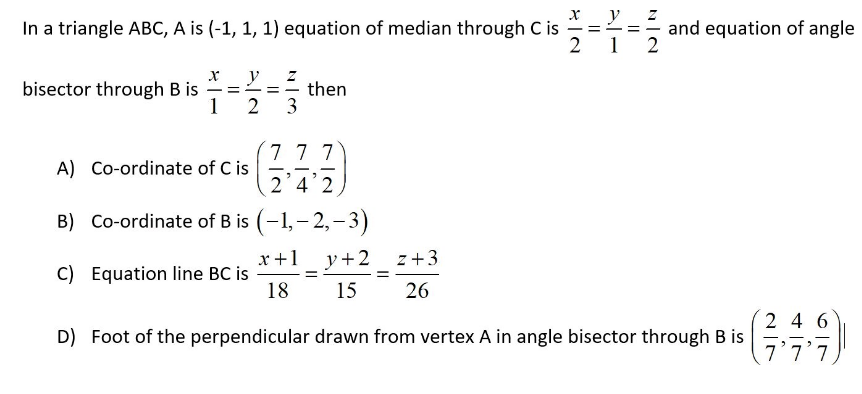
Question Number 186002 Answers: 1 Comments: 1

Question Number 185996 Answers: 2 Comments: 0
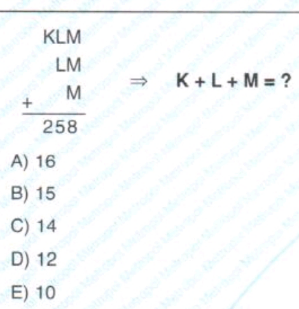
Question Number 185985 Answers: 2 Comments: 0
Question Number 185982 Answers: 1 Comments: 0

Question Number 185981 Answers: 1 Comments: 0
Question Number 185983 Answers: 1 Comments: 0
Question Number 185978 Answers: 2 Comments: 0
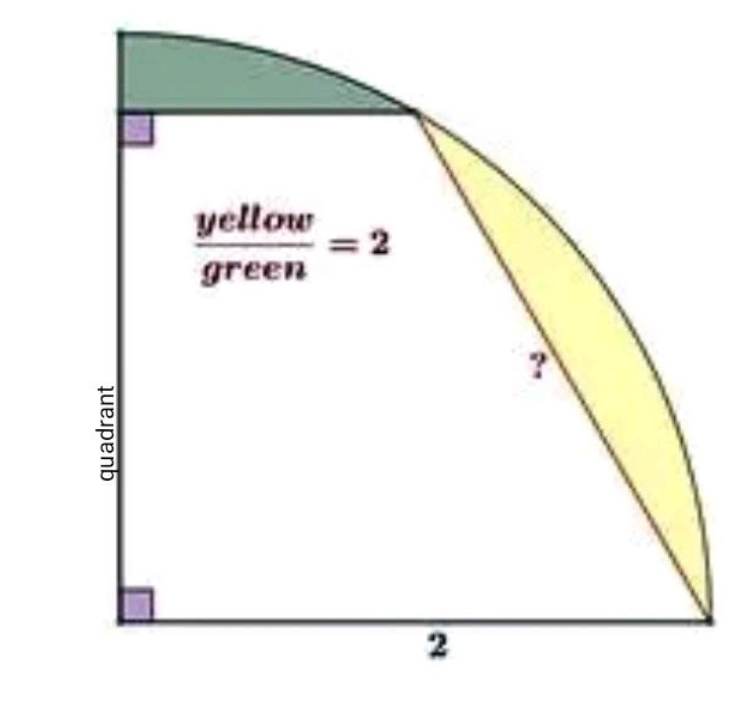
Question Number 185993 Answers: 1 Comments: 0
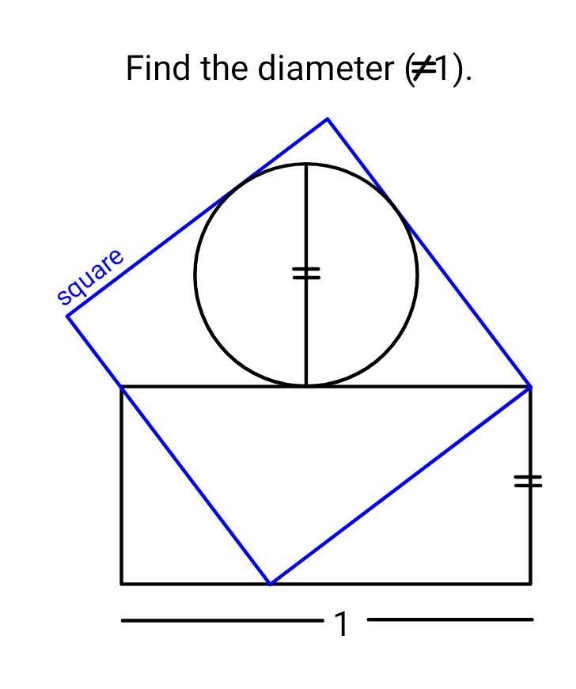
Question Number 185973 Answers: 1 Comments: 2
Question Number 185972 Answers: 1 Comments: 0

Question Number 185961 Answers: 1 Comments: 0
$${solve}: \\ $$$$\int\sqrt{\left[{x}^{\mathrm{2}} −\mathrm{1}\right]\:{dx}} \\ $$
Question Number 185960 Answers: 1 Comments: 0
$${solve}: \\ $$$$\left({sinx}\overset{{x}} {\right)}=\mathrm{3}{x} \\ $$$${find}\:{x} \\ $$
Question Number 185959 Answers: 1 Comments: 0
Question Number 185953 Answers: 1 Comments: 3
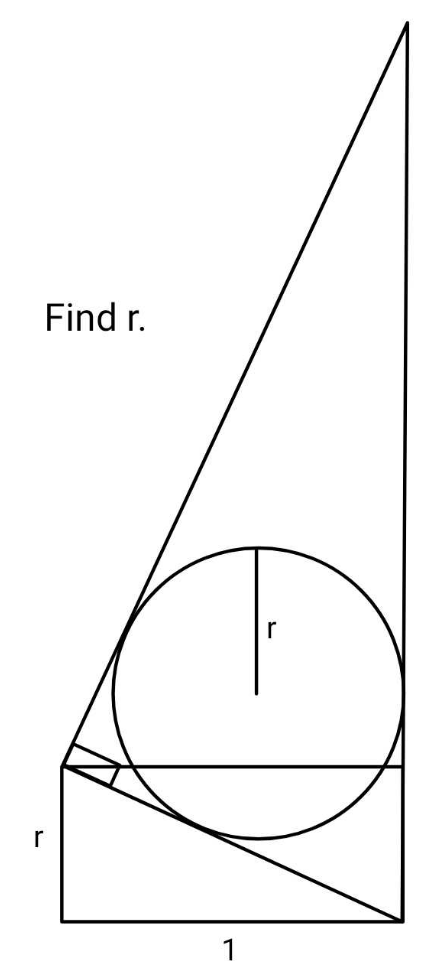
Question Number 185951 Answers: 1 Comments: 0
$$\int{x}^{\mathrm{3}} {ln}\left({x}+\mathrm{4}\right){dx} \\ $$
Pg 348 Pg 349 Pg 350 Pg 351 Pg 352 Pg 353 Pg 354 Pg 355 Pg 356 Pg 357
